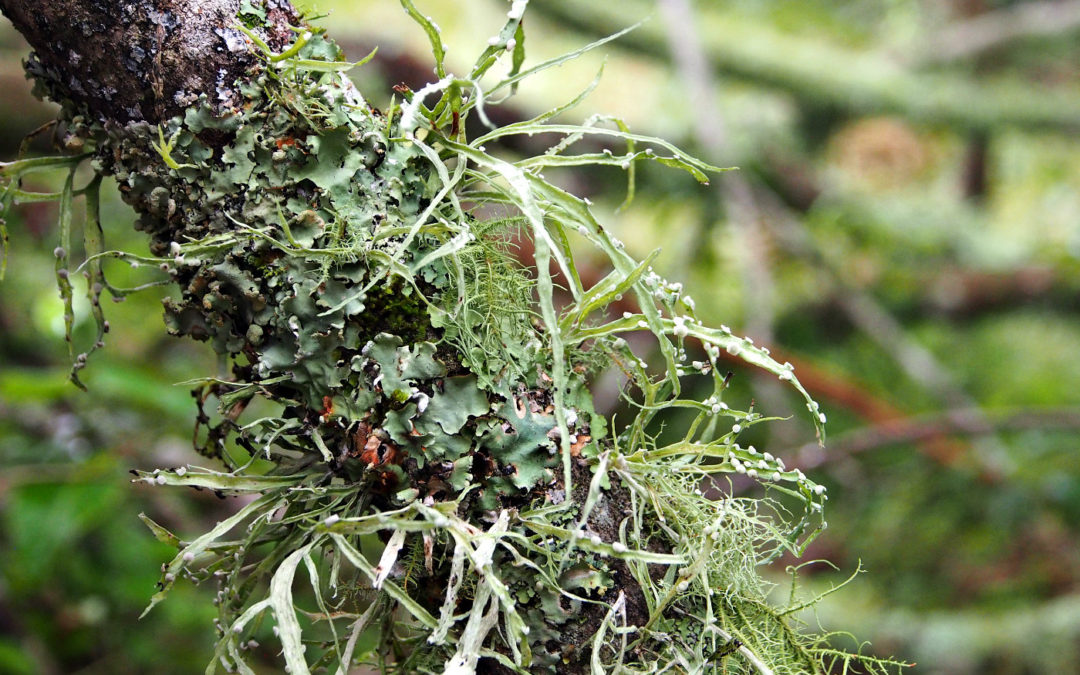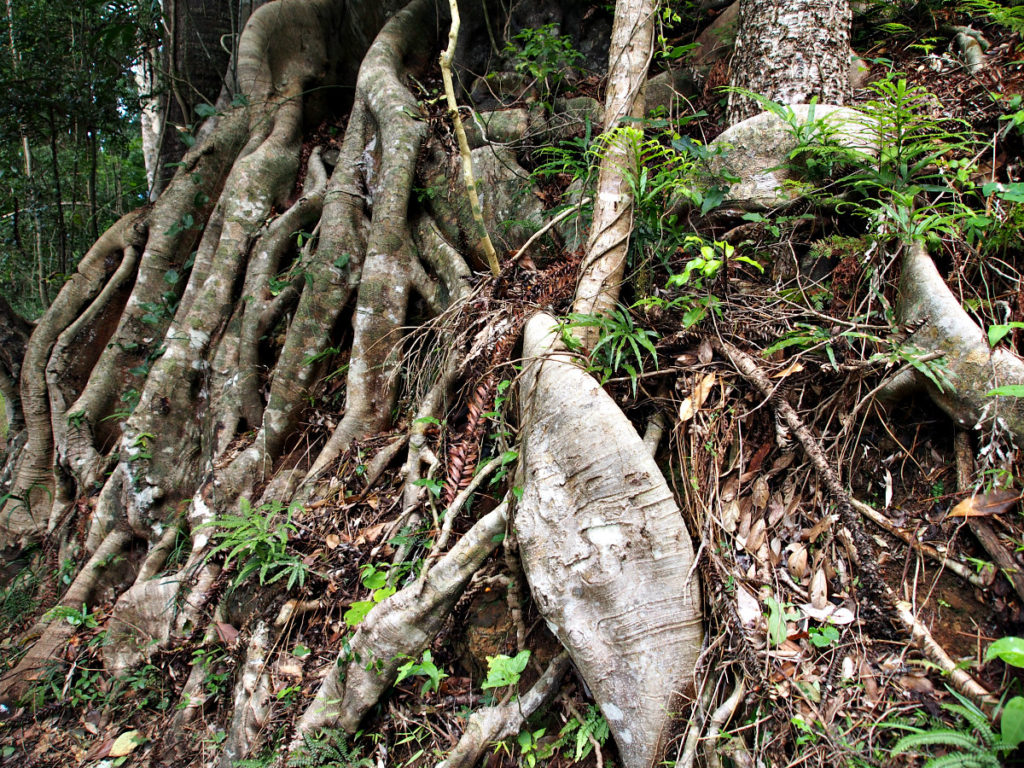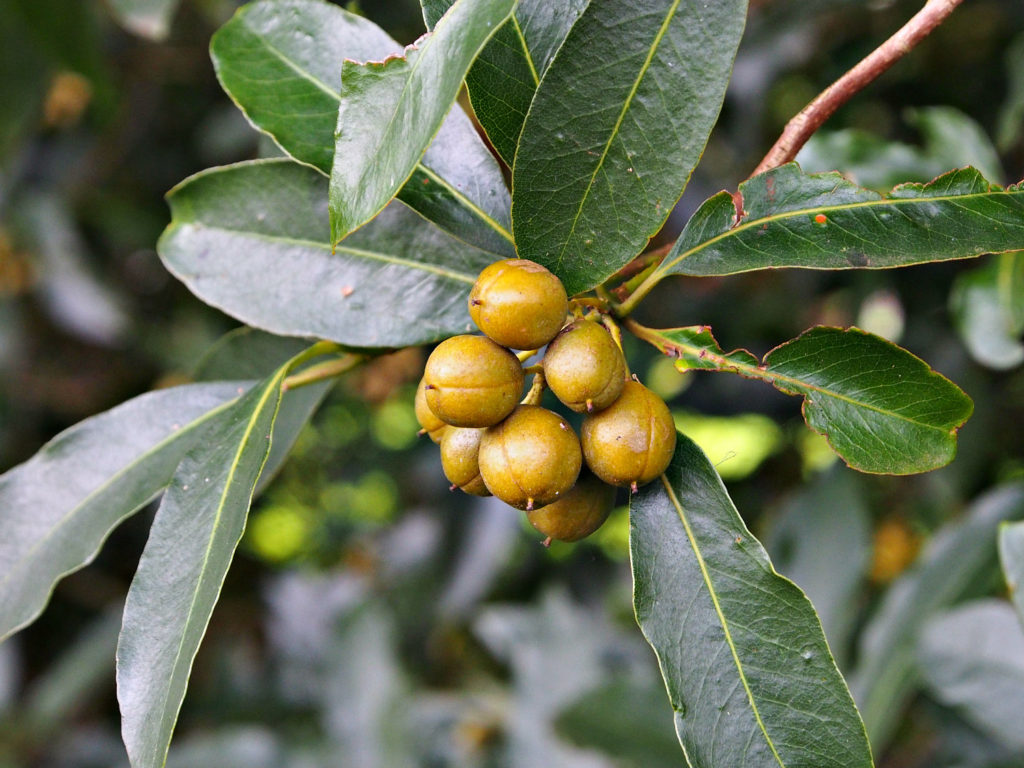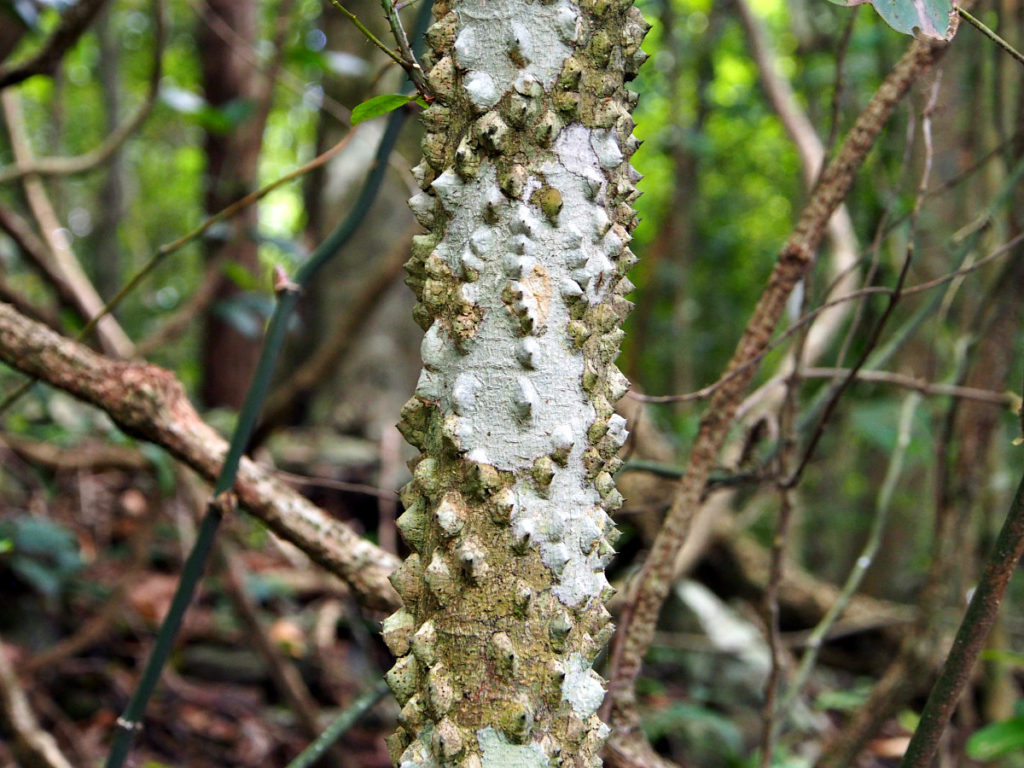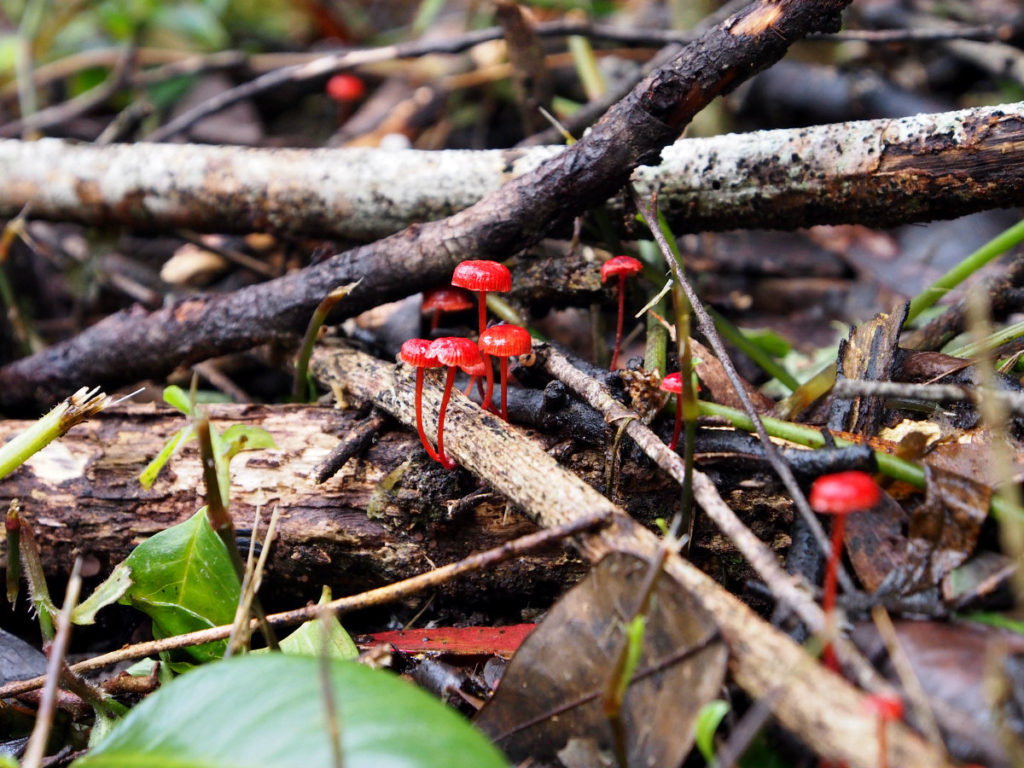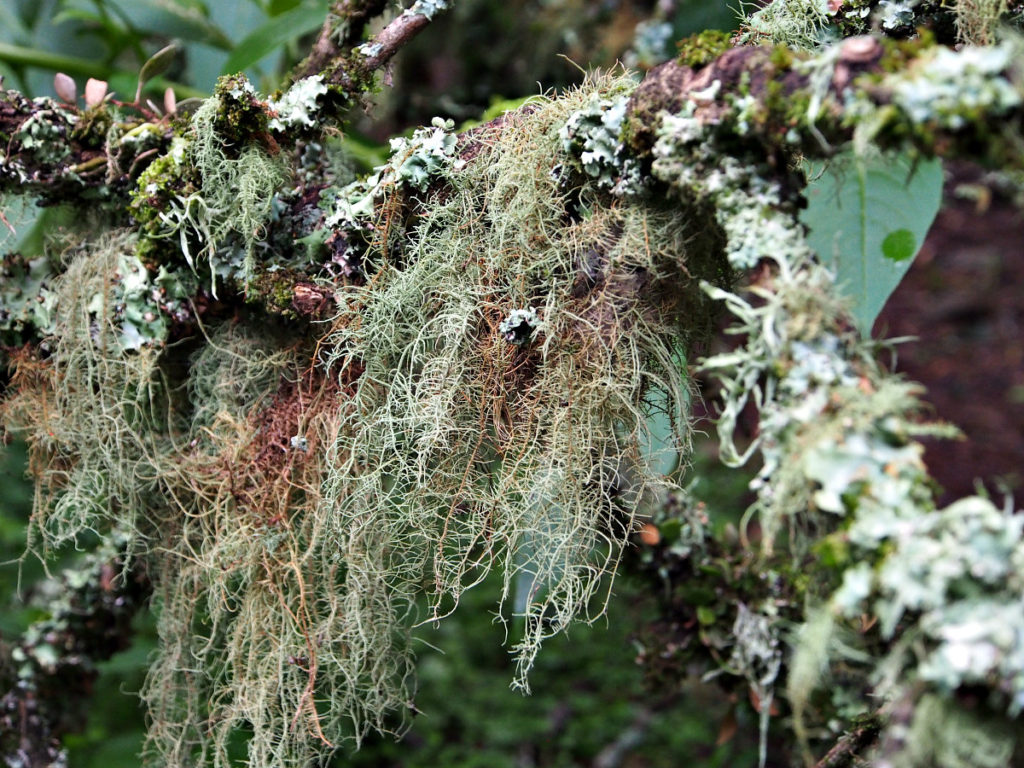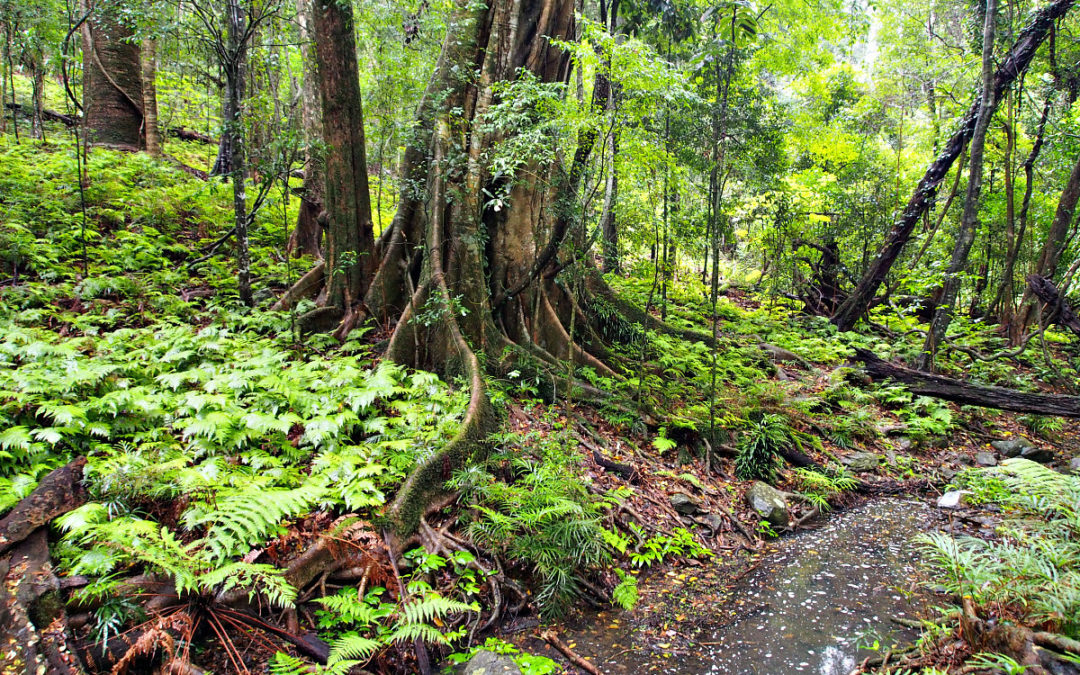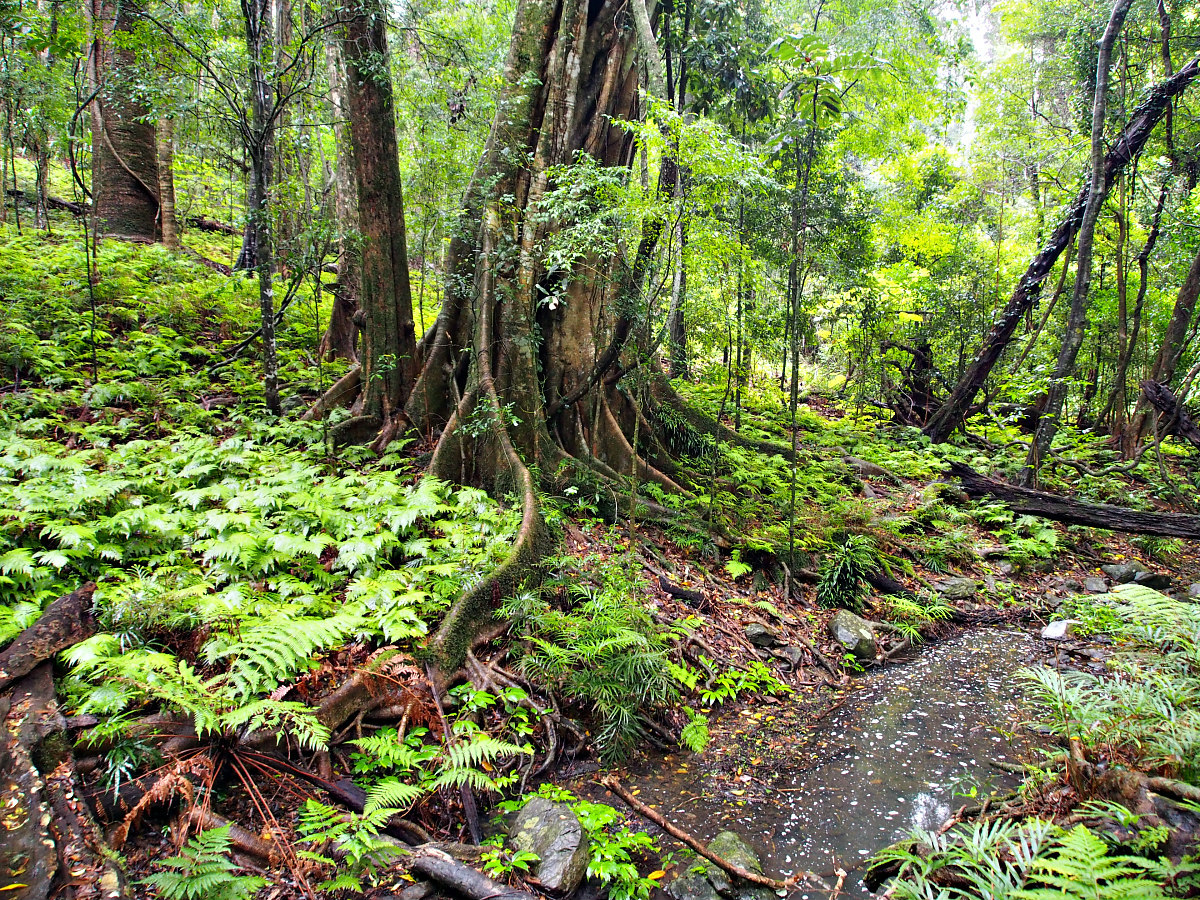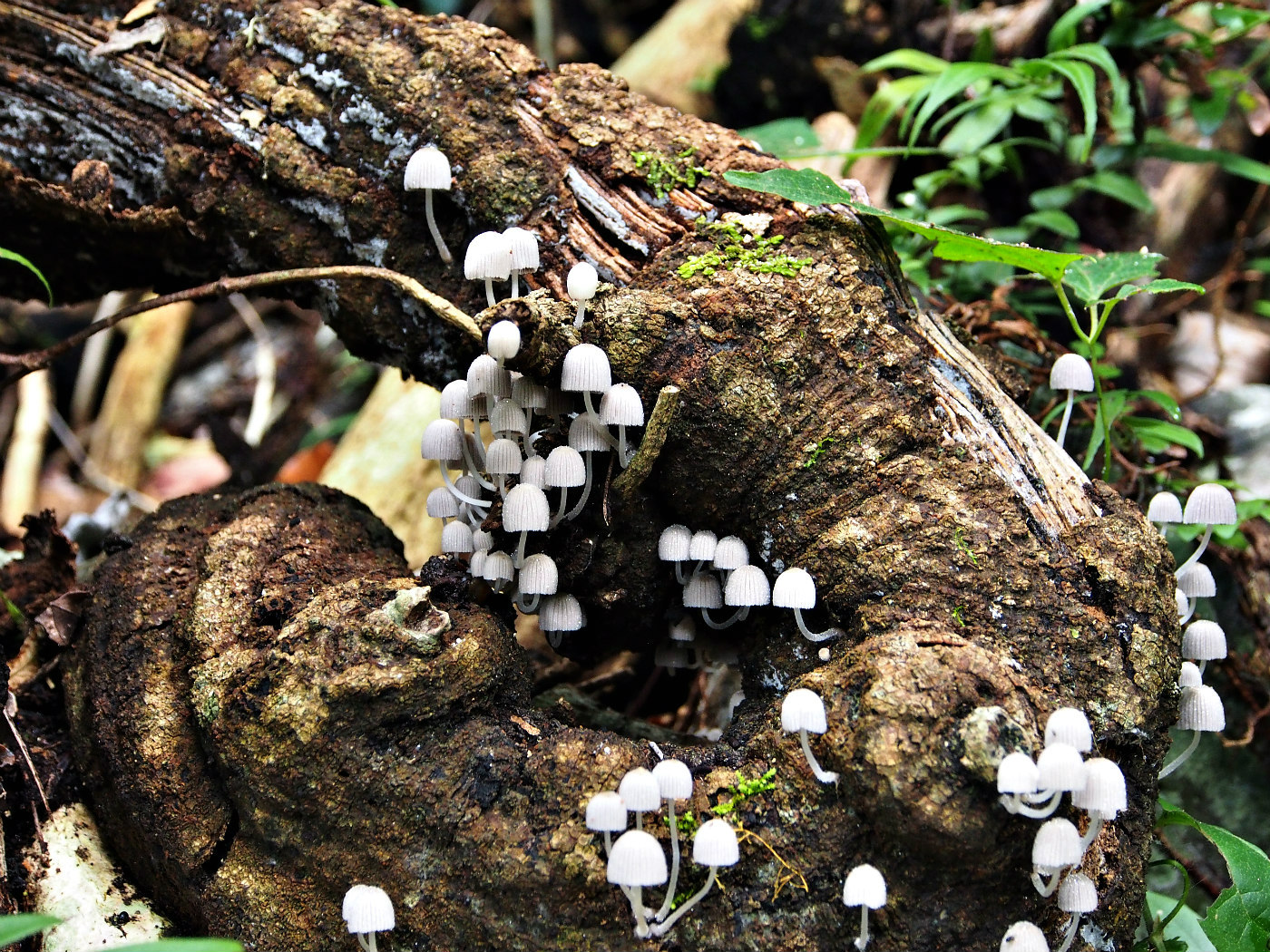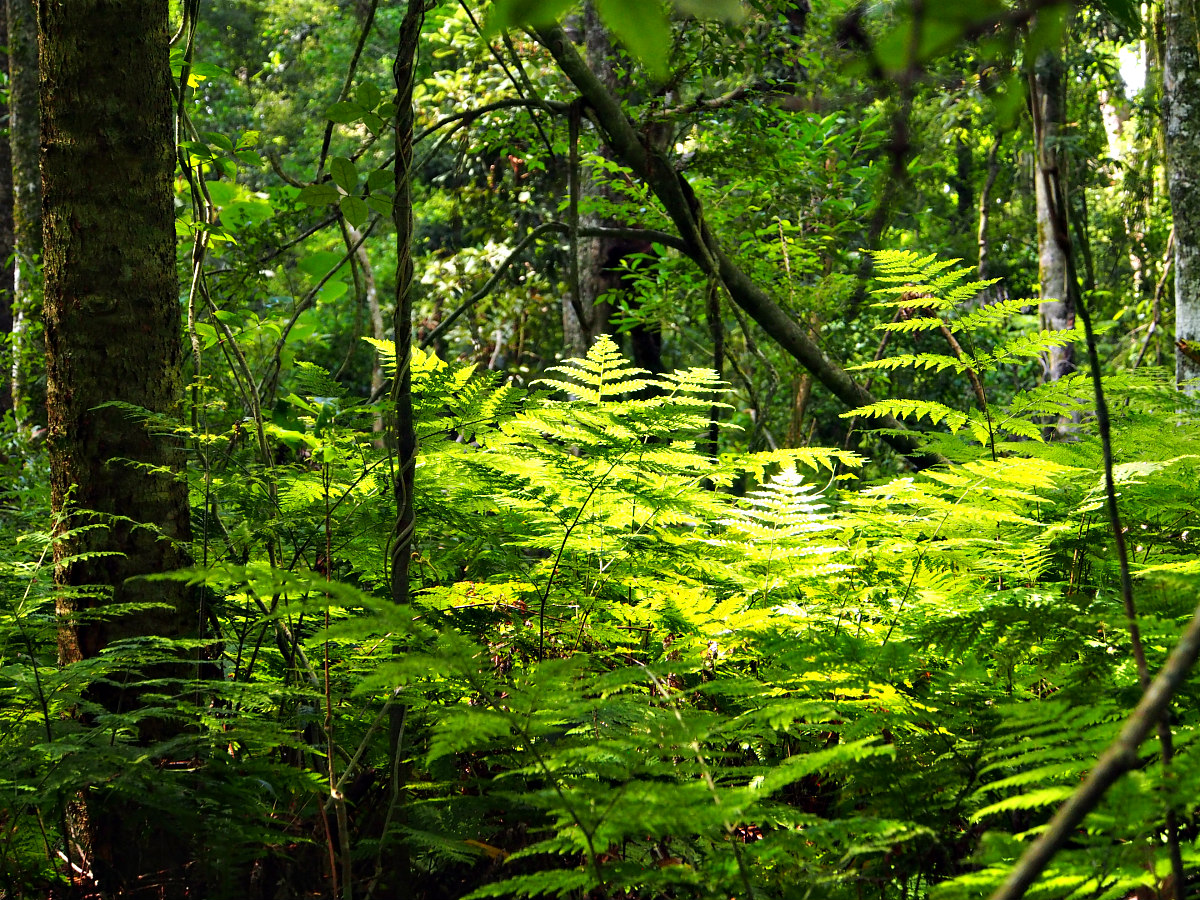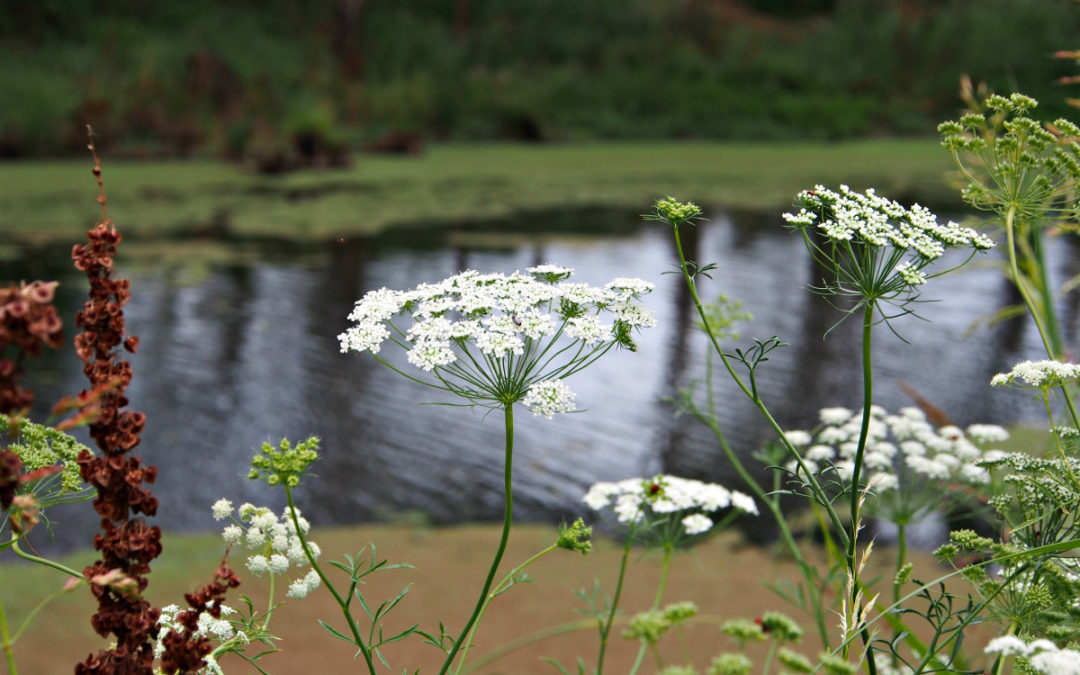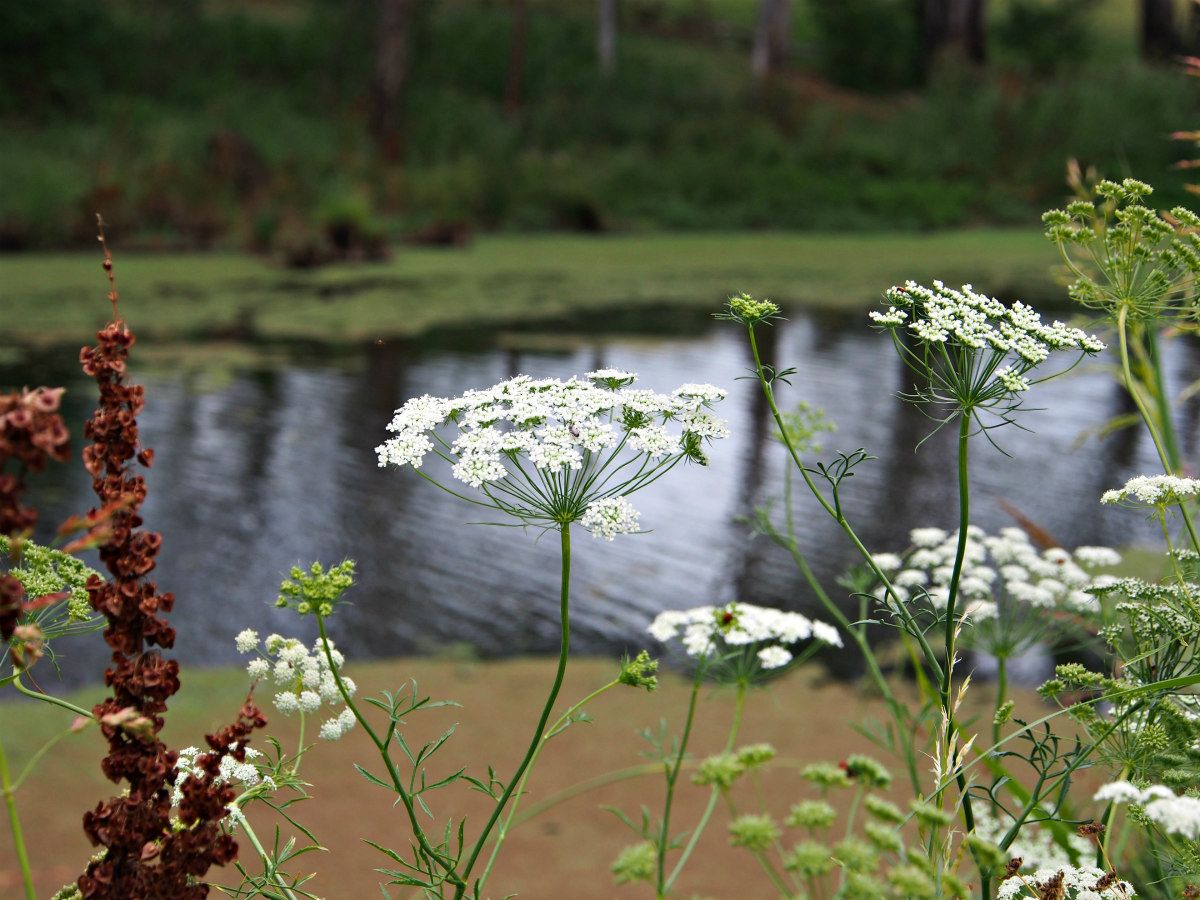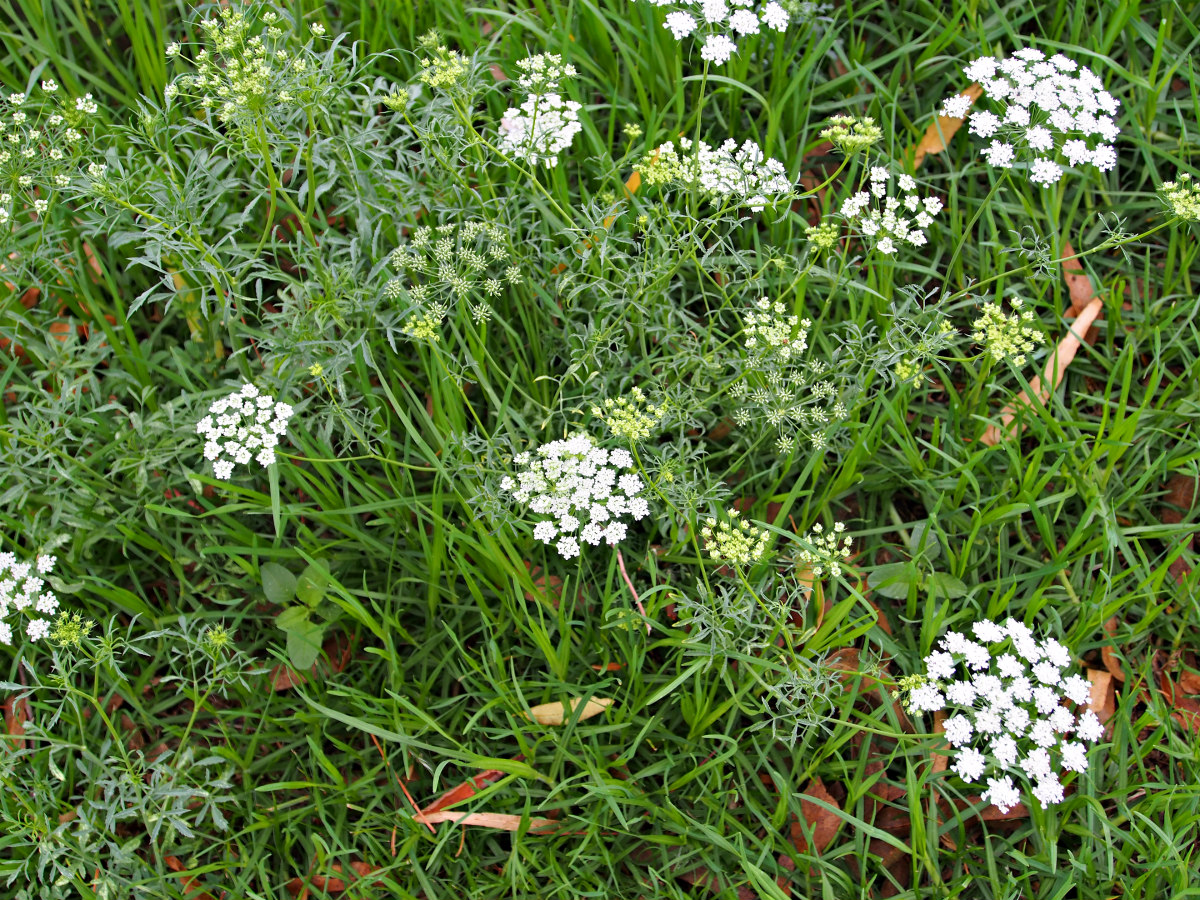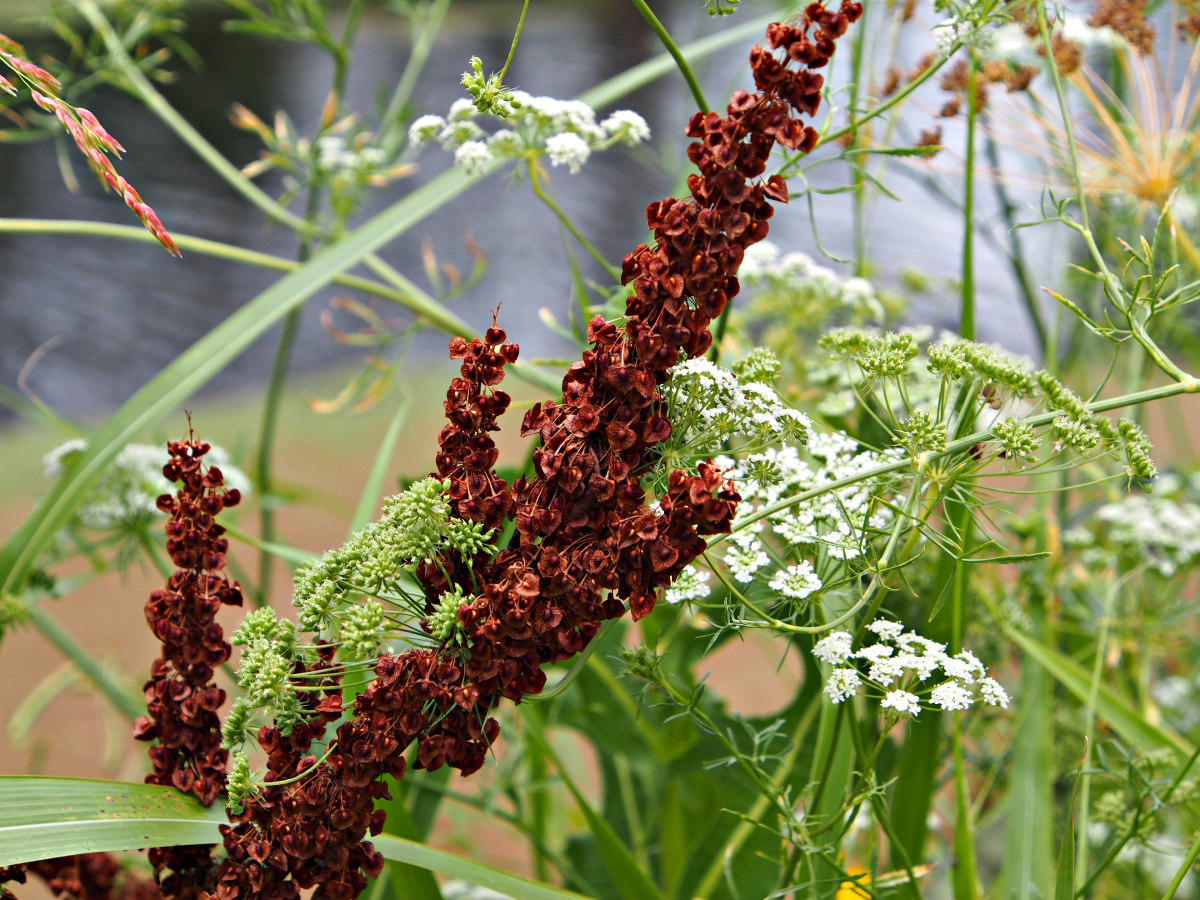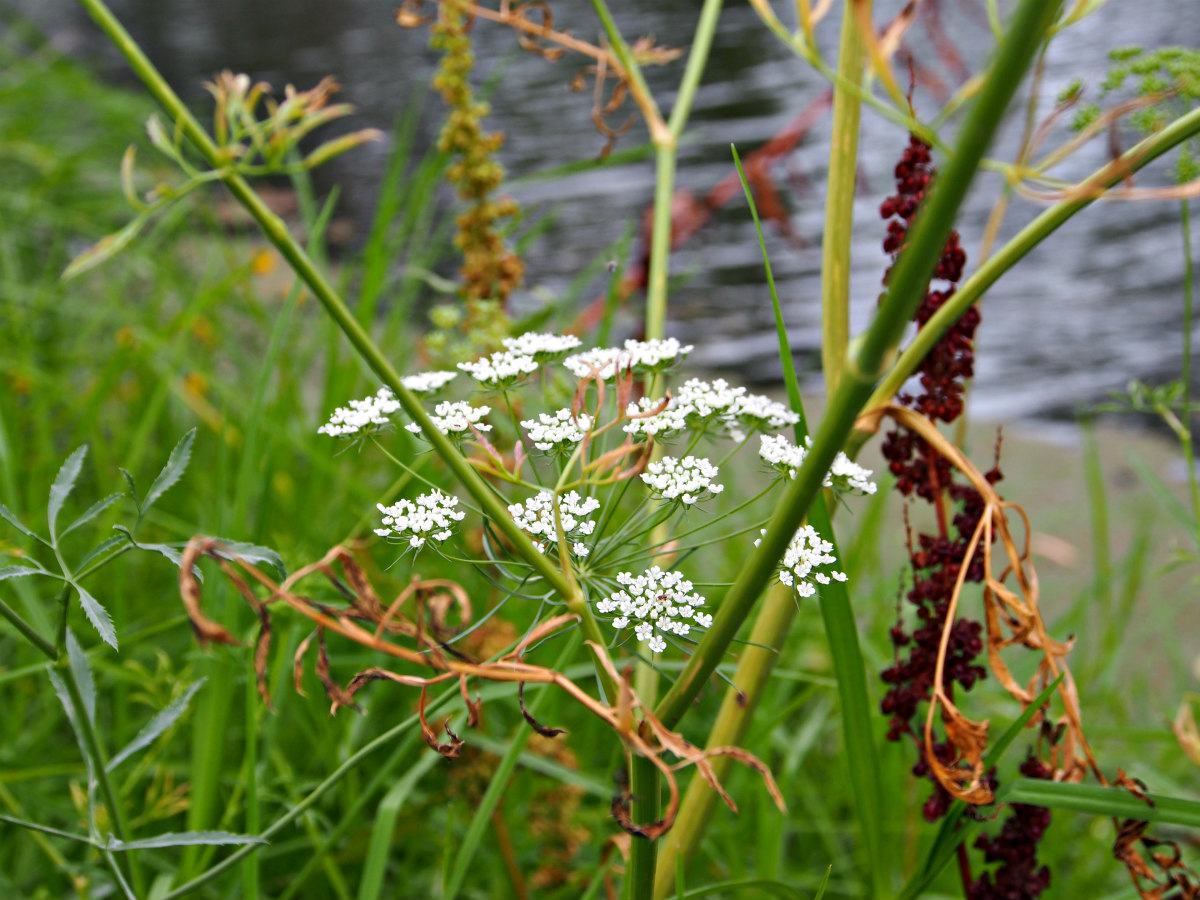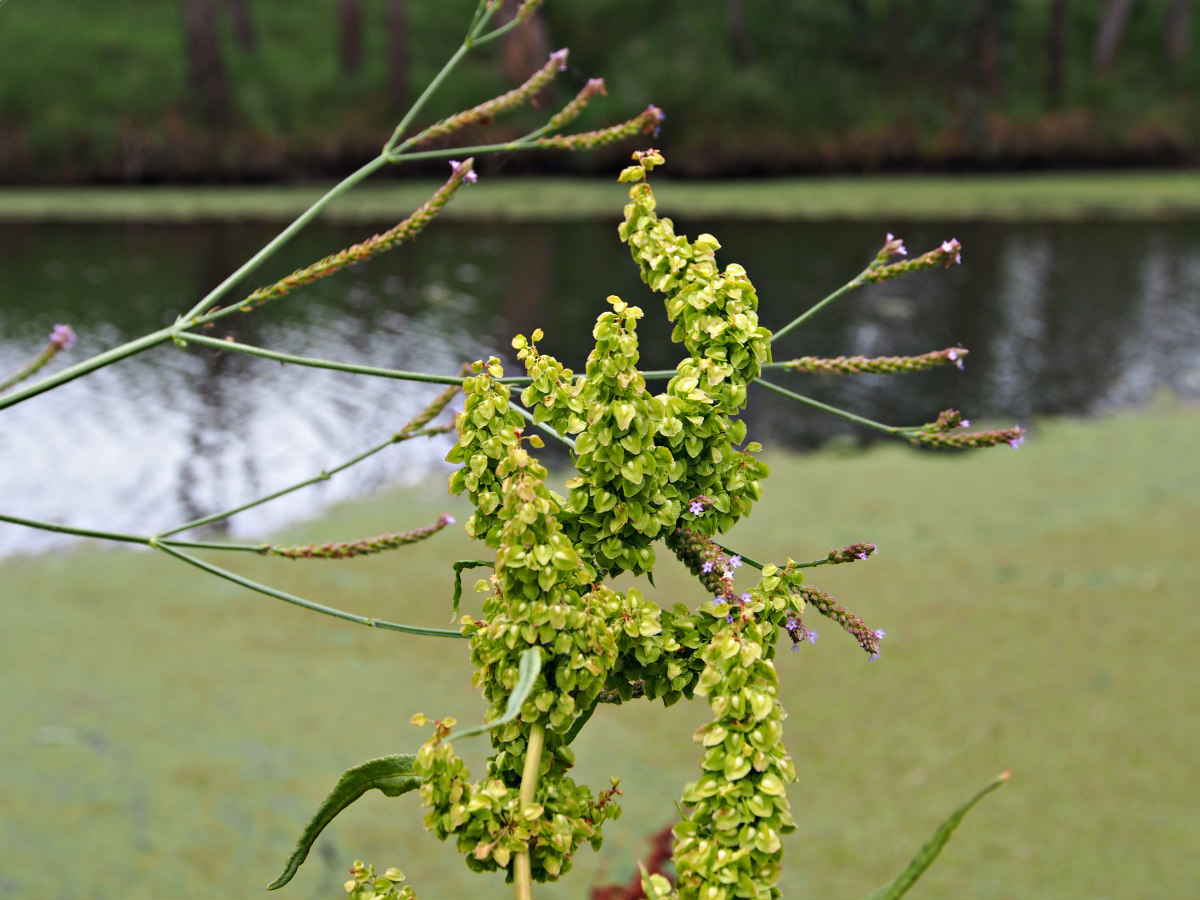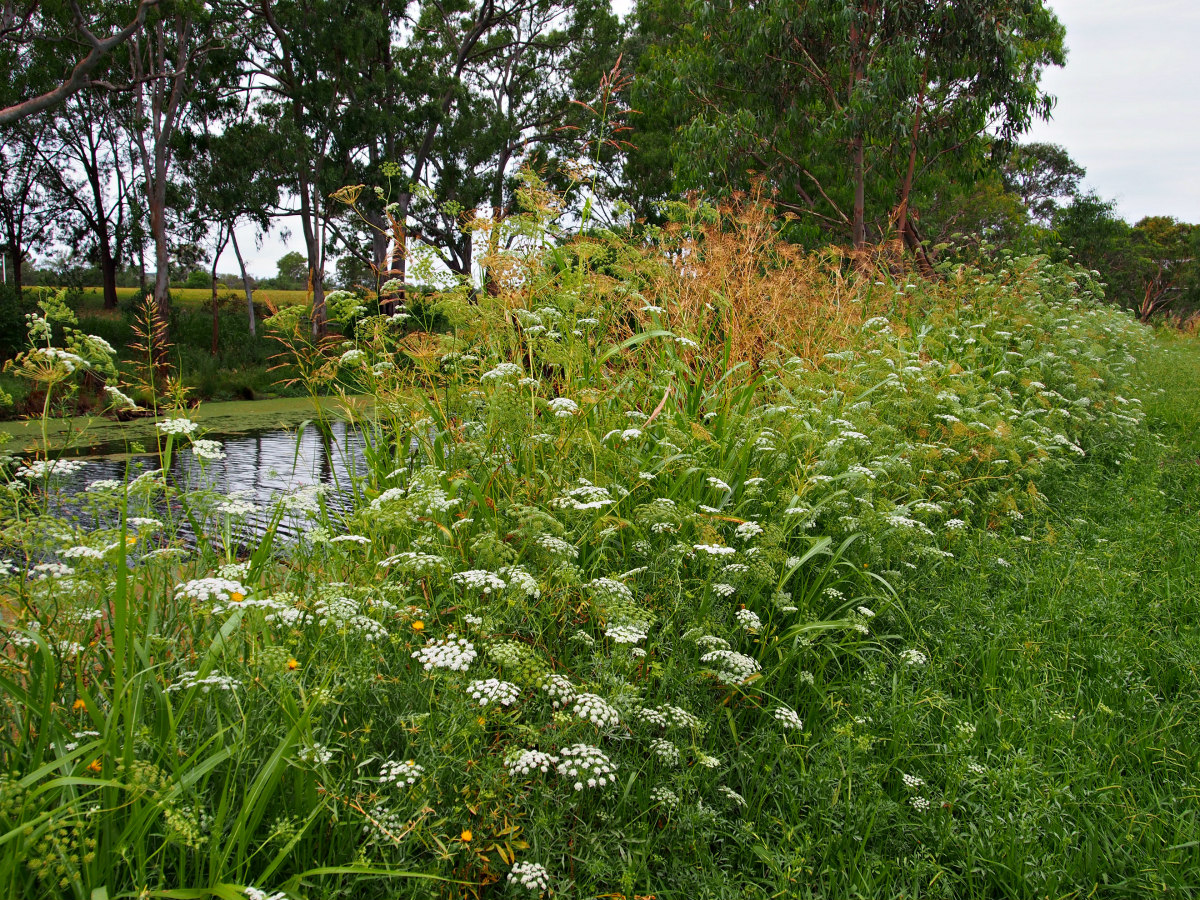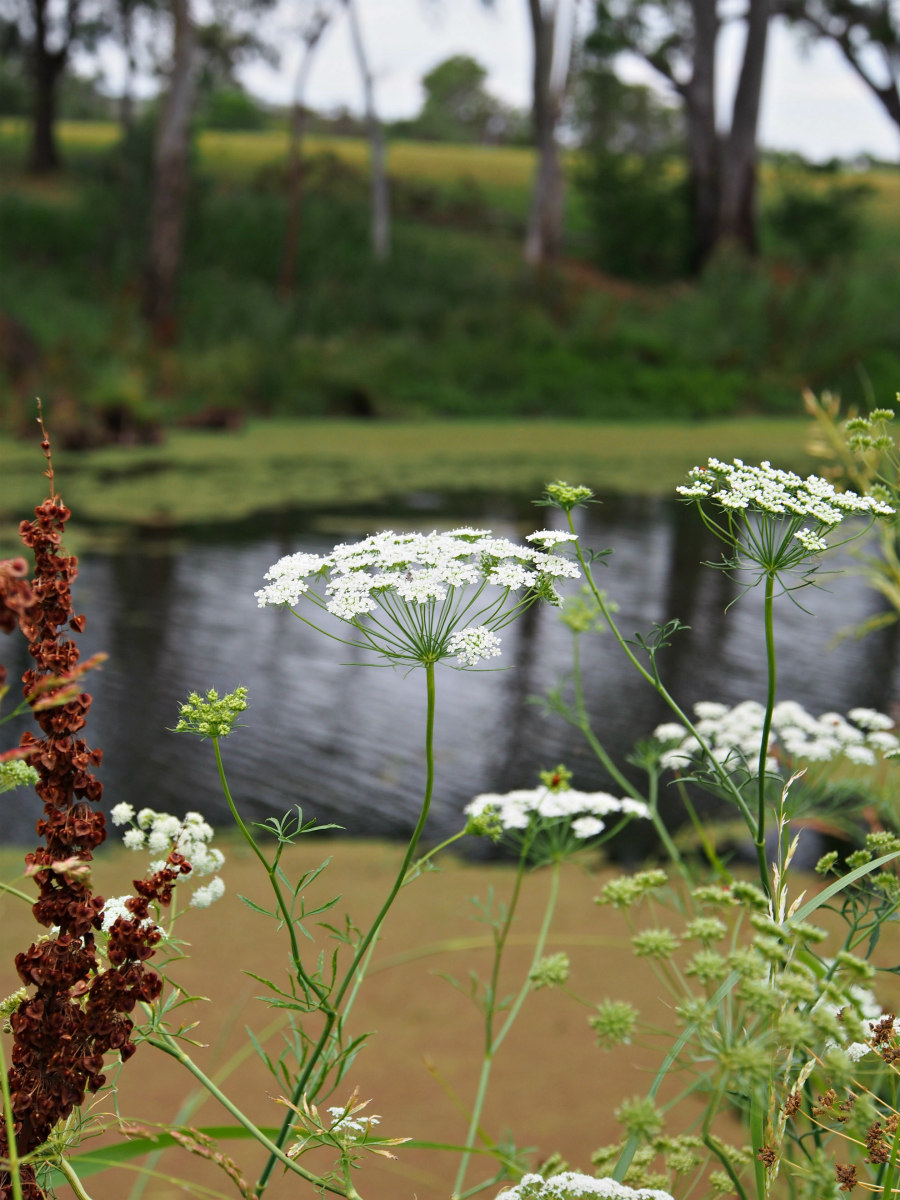It’s autumn here in Australia, resplendent with foggy, chilly mornings and lusciously golden days of sunshine and blue skies. It is hands down, my favourite time of year.
My gardens are full of herbs for me to harvest, dry, and store for making all sorts of good things to keep us healthy, cheered, and comforted through the frigid months of winter. This week I’m harvesting roses, lemongrass, lemon balm, lemon verbena, lemon thyme, rosemary, rosellas, lemon myrtle, cinnamon myrtle, anise myrtle, stinging nettles, burdock root, motherwort, wormwood, mugwort, spearmint, dandelion root, peppermint, elderflower, and elderberries. Soon our little house will be filled with a dizzying array of scents as the dehydrator works overtime drying everything for storage. Over the next few months, they’ll be turned into teas, tisanes, infusions, and decoctions. What’s the difference, you may ask? I’m so glad you did!
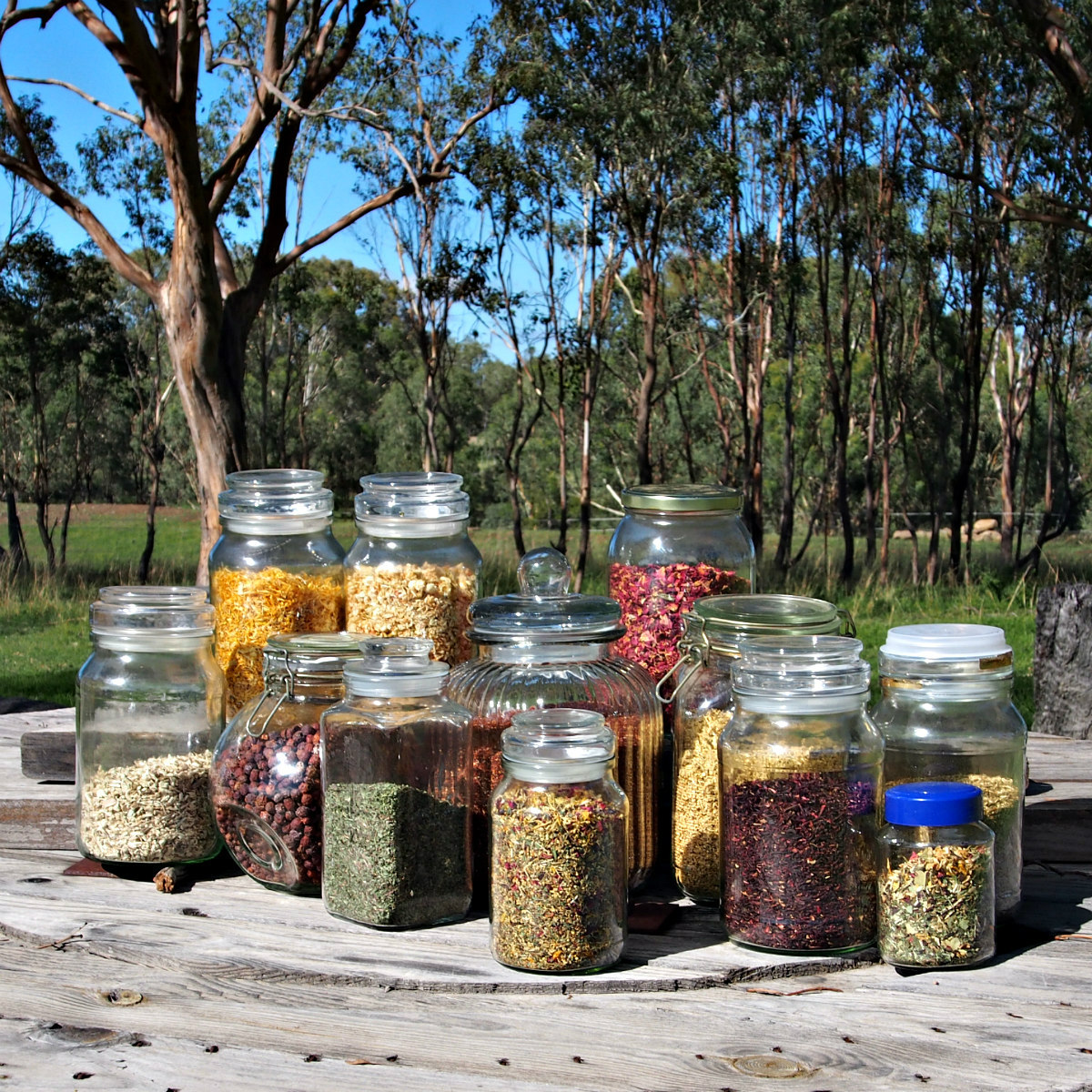
What’s the difference between teas, tisanes, infusions, and decoctions?
Tea
Tea is made from the leaves of the Camellia Sinensis plant. Black tea, oolong, white tea, and green tea all come from this plant and are uniquely processed to give them their distinctive flavour, fragrance, and colour. Tea is also any kind of tea blend that includes tea leaves such as Earl Grey, which is black tea with bergamot or Chai, which adds all sorts of warming spices to a tea base.
Tisane
Tisane (pronounced tea-zahn) is made from herbs and does not contain any tea leaves. This includes single herbs like chamomile or peppermint and blends that mix an assortment of leaves, flowers, barks, roots, fruits, seeds, and spices. If you make a chai with a rooibos base, it becomes a tisane instead of a tea. Tisanes always make me think of Hercule Poirot, who drank them to stimulate his little grey cells.
Infusions and Decoctions
Infusions and Decoctions are simply different words for soaking plant material in hot water to leach out the flavour, colour, and properties.
Infusions are generally made by pouring just-boiled water over soft plant material such as leaves and flowers, while Decoctions are made by simmering hard plant material such as bark, roots, and woody stems in water.
Infusions are best for leaves and flowers because you don’t want to stew them and end up with nasty flavour and fragrance. Decoctions are best for bark and roots because you need that intense heat and long cooking time to remove the goodness from the plant and get it into the water so you can drink it.
Infusions generally take 5-10 minutes for a tisane. I usually add a heaping tbsp of dried herbs to a mug, cover with one cup of just-boiled water, cover with a saucer and leave to steep 5-10 minutes. Then I strain it, sweeten it with honey or maple syrup, and sip happily. However, if I’m using the herbs medicinally, I’ll add 1-2 cups of dried or fresh herbs to a jar, pour in just-boiled water to the brim, cover, then let sit on the counter overnight. This produces a potent brew that can be used to treat symptoms or as a tonic to support good health.
Decoctions take longer. A good rule of thumb is 1-2 tsp of dried or fresh root, bark, or woody stem to 1 cup water. Bring the mixture to a boil, reduce heat, cover, and simmer gently for 15-20 minutes. Leave to cool. Strain, sweeten with honey or maple syrup, and drink.
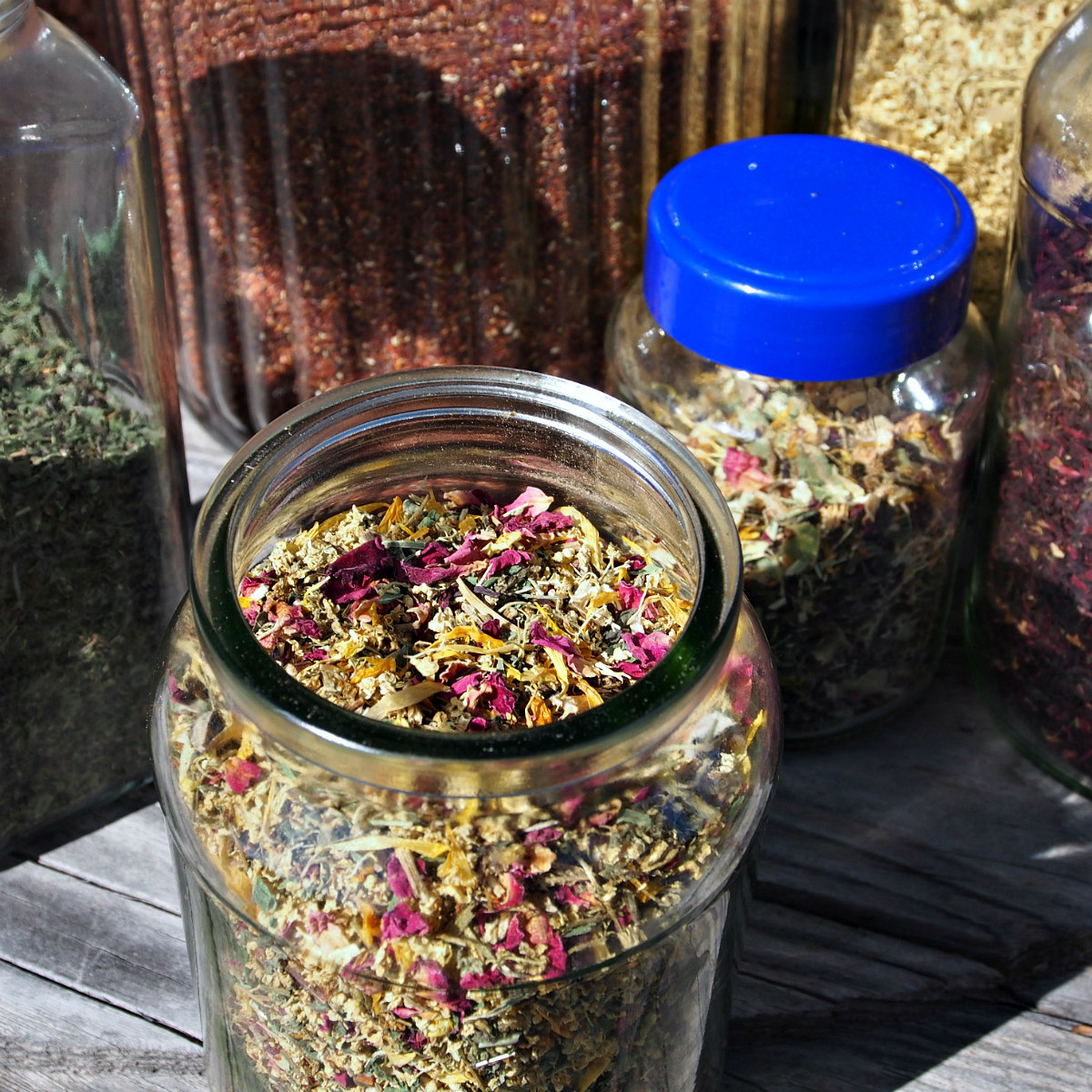
Elderflower Yarrow Tisane
One of my favourite tisanes for winter is made with elderflower, yarrow, peppermint, rosehips, rose petals, hibiscus, and calendula. Not only is it delicious, but it does wonders in combating cold and flu symptoms and really helps clear blocked sinuses so I can breathe and sleep well.
Ingredients:
1/2 cup dried elderflowers
2 Tbsp dried hibiscus flowers
1/4 cup dried yarrow
1/4 cup dried peppermint leaves
2 Tbsp dried rosehips
2 Tbsp dried rose petals
2 Tbsp dried calendula flowers
Directions:
Mix all ingredients together well and store in an airtight glass jar, such as a mason jar, out of direct sunlight.
When ready to drink, scoop 1 heaped teaspoon in a tea strainer and place in a heatproof mug or cup. Pour over just-boiled water, cover, and leave to steep 5 minutes. Sweeten with maple syrup, honey, or sugar.
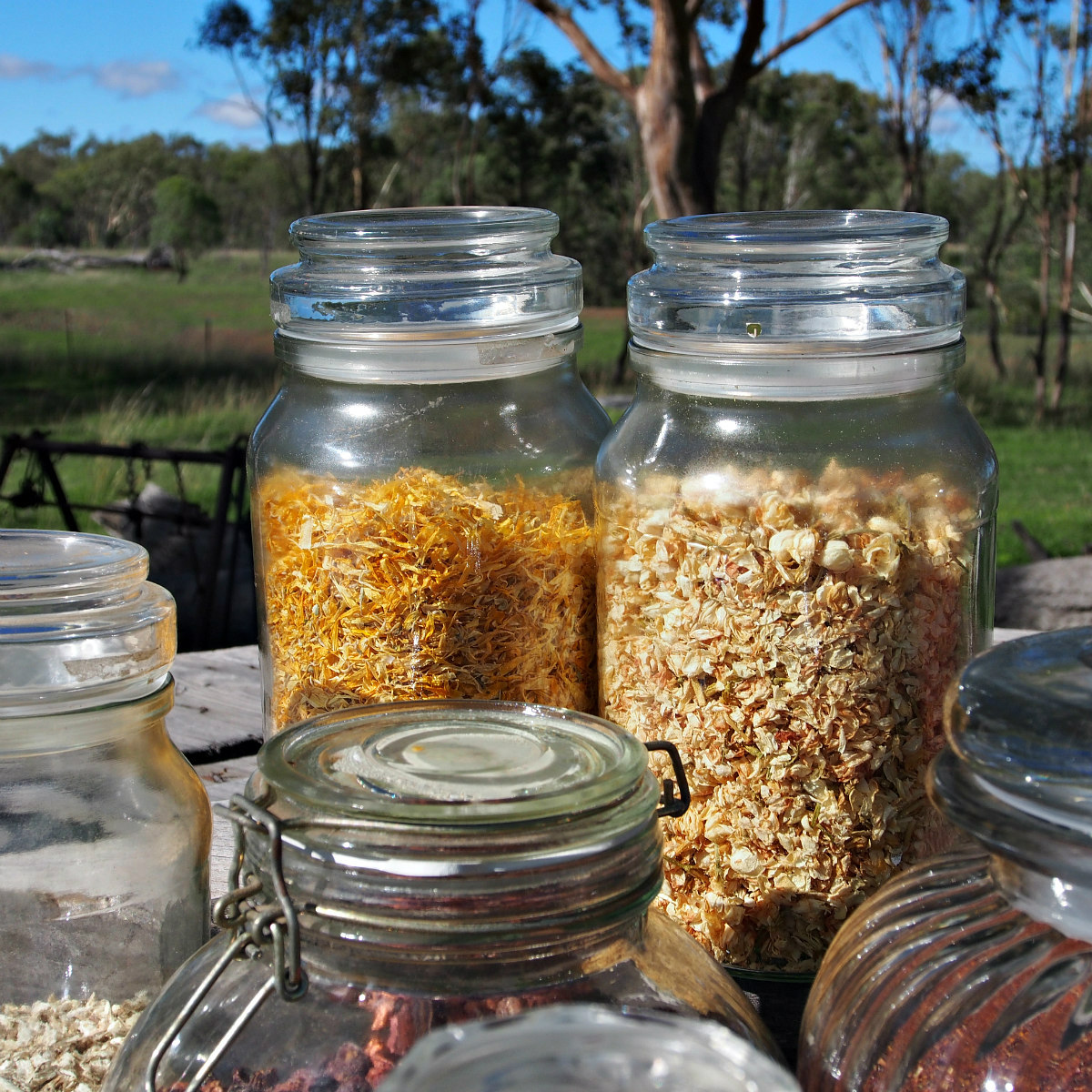
Chai Decoction & Infusion
My favourite winter tea is chai. It’s so creamy and spicy and is unique because it’s both a decoction and an infusion. I love simmering whole or ground spices on my stove as the winter sunshine floods the kitchen. The fragrance is so comforting and the steam so warming that the whole brewing process makes me feel happy and cosy.
Ingredients:
2 cups whole milk
1 cinnamon stick
10 cardamom pods (or 1 tsp cardamom seeds)
1 Tbsp dried ginger root
5 Tasmanian Mountain pepper berries (or black peppercorns)
1/2 star anise
2 clove buds
1 tsp fennel seeds
maple syrup or brown sugar to taste
10 tsp black tea leaves (or rooibos, if you want a tisane)
2 cups just-boiled water
Directions:
- Place milk, all spices, and sweetener in a large, heavy-bottomed saucepan over medium-high heat. Bring to boil, reduce heat, cover, and simmer for 5-10 minutes. (Watch carefully because the milk will boil over if you’re not careful.)
- While the milk mixture is simmering, place tea leaves in a small saucepan, cover with just-boiled water and leave to steep 5 minutes. Strain and throw tea leaves on the compost heap or in the trash.
- When the milk mixture is done, strain and return to pot. Add tea and stir together. Taste for sweetness and serve immediately or let cool to room temperature then bottle and store in the fridge to serve as iced chai.
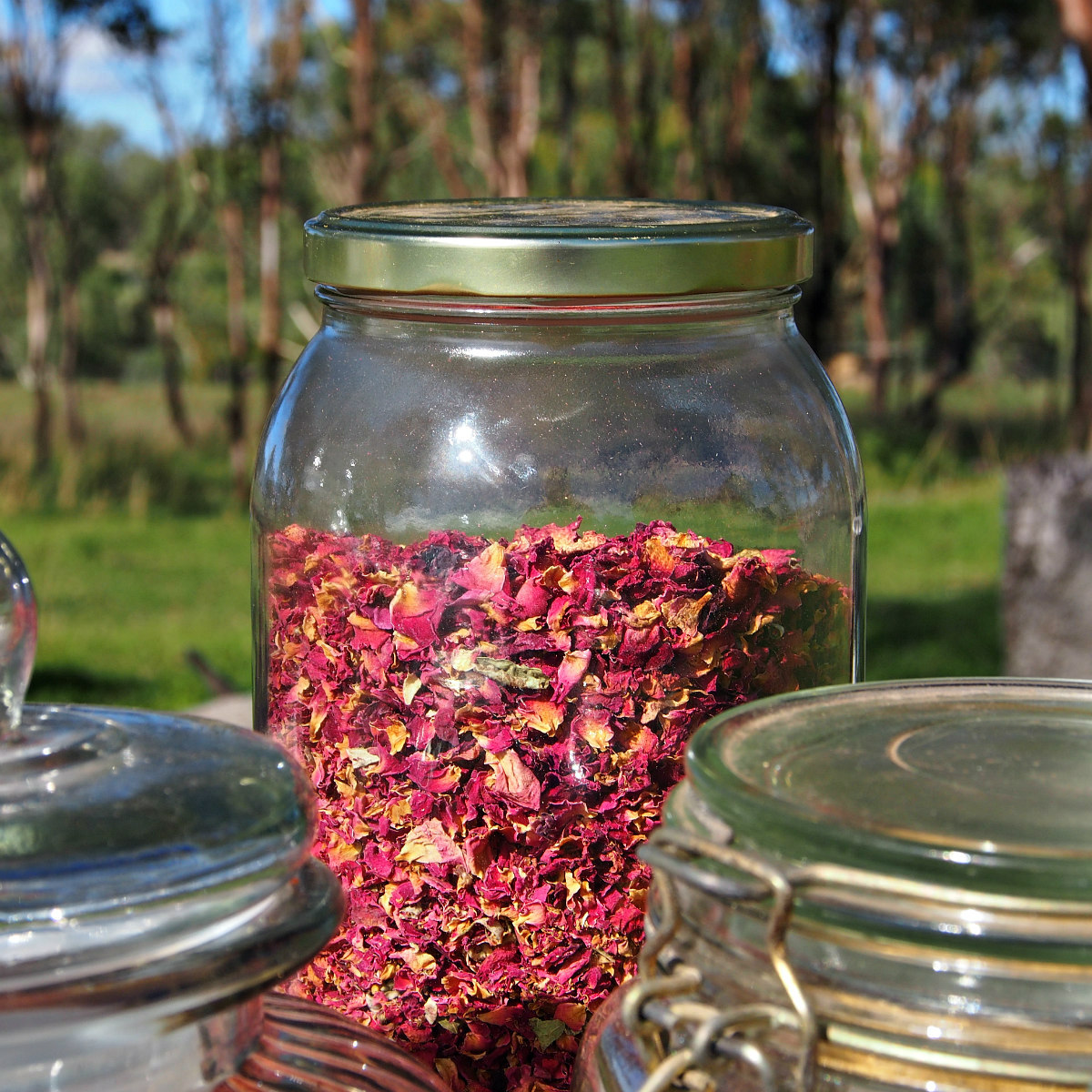
If you would love to learn how to make your own tisanes and teas and other delectable and nourishing remedies, I am teaching three workshops on 5 June, 12 June, and 4 September. You’ll learn all about choosing the best herbs for you, great tips for blending and storage, and creative ways to use your concoctions in your cooking or home apothecary. I’d love to see you there.
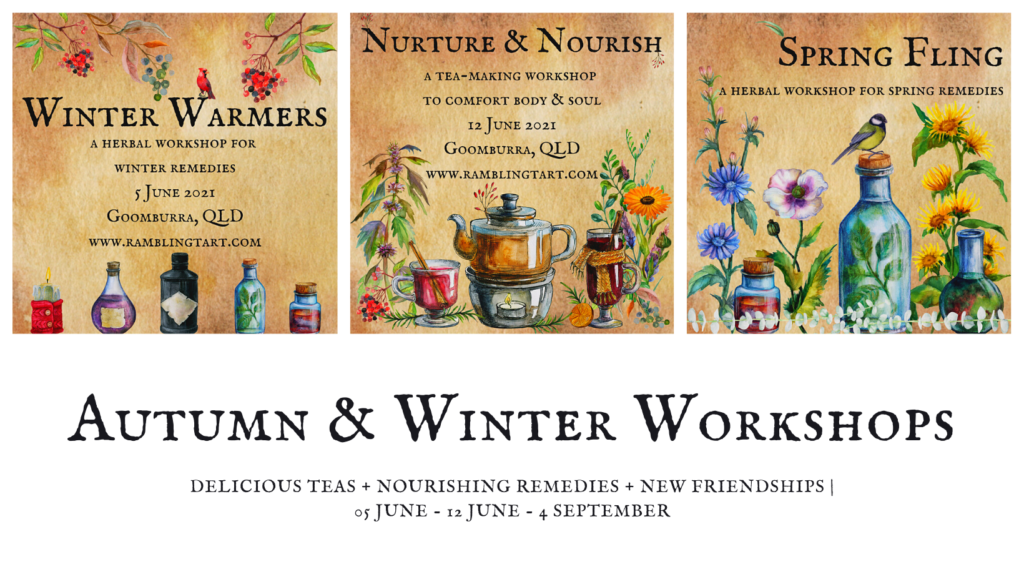
What are your favourite beverages during cold months? xo
